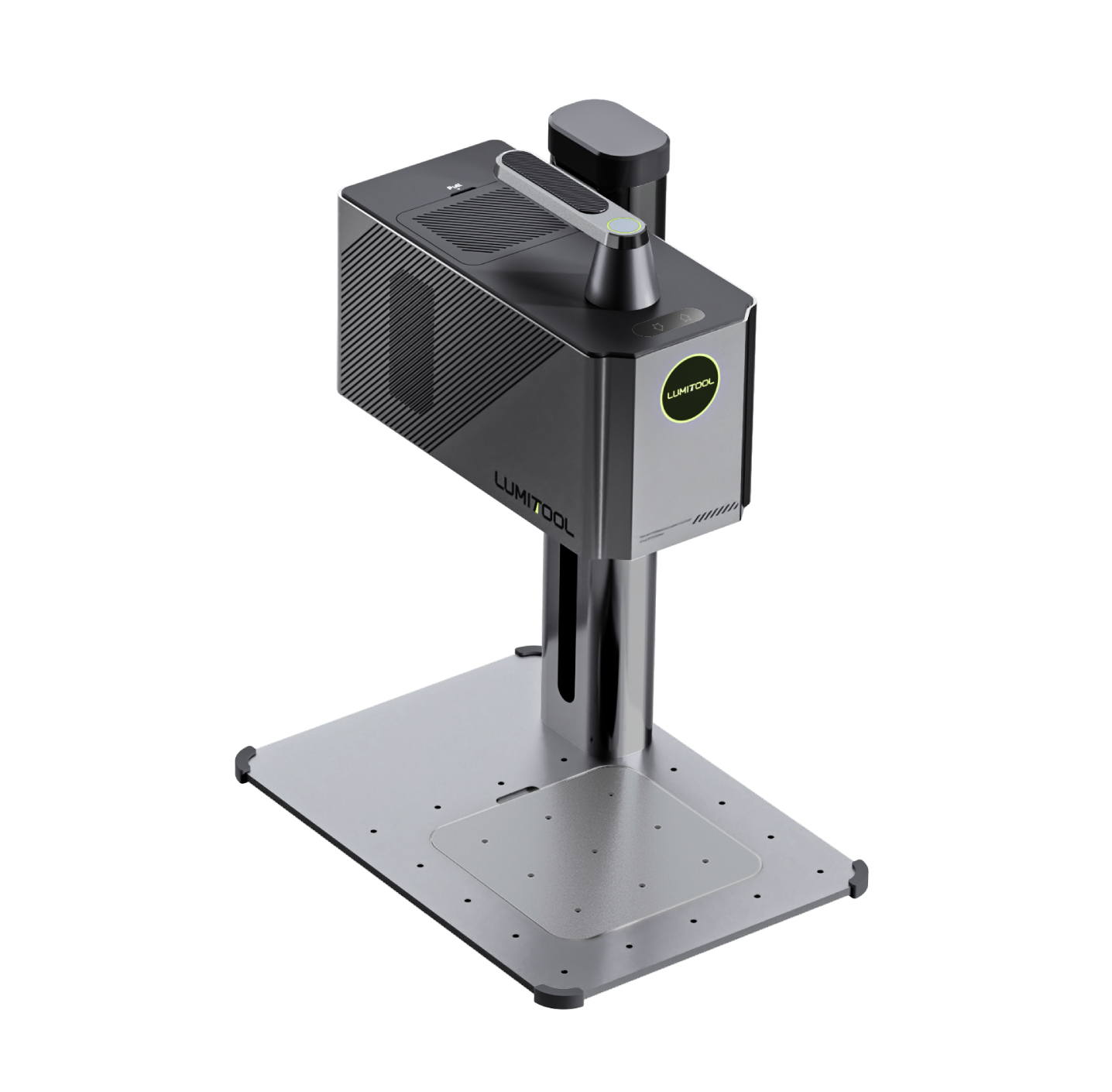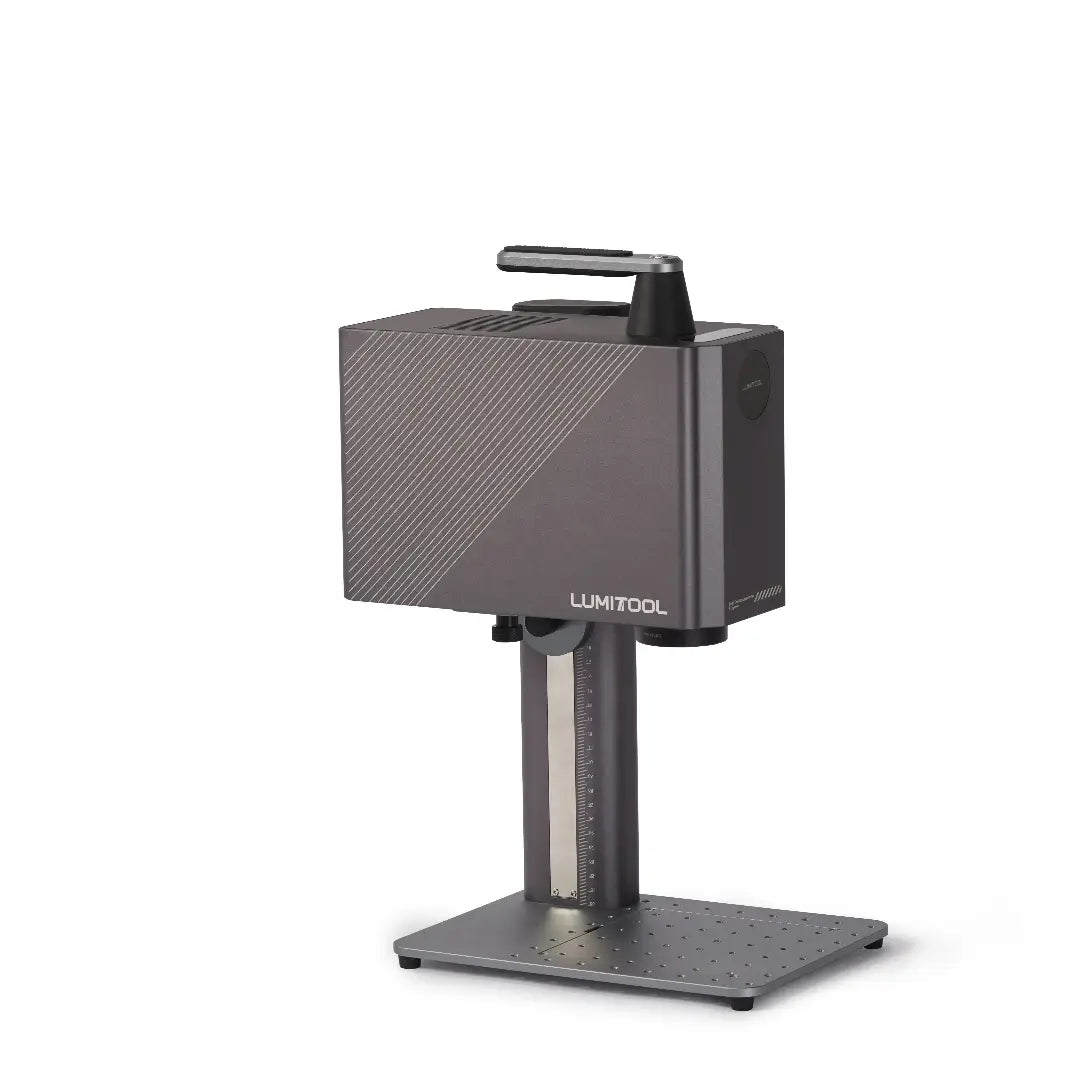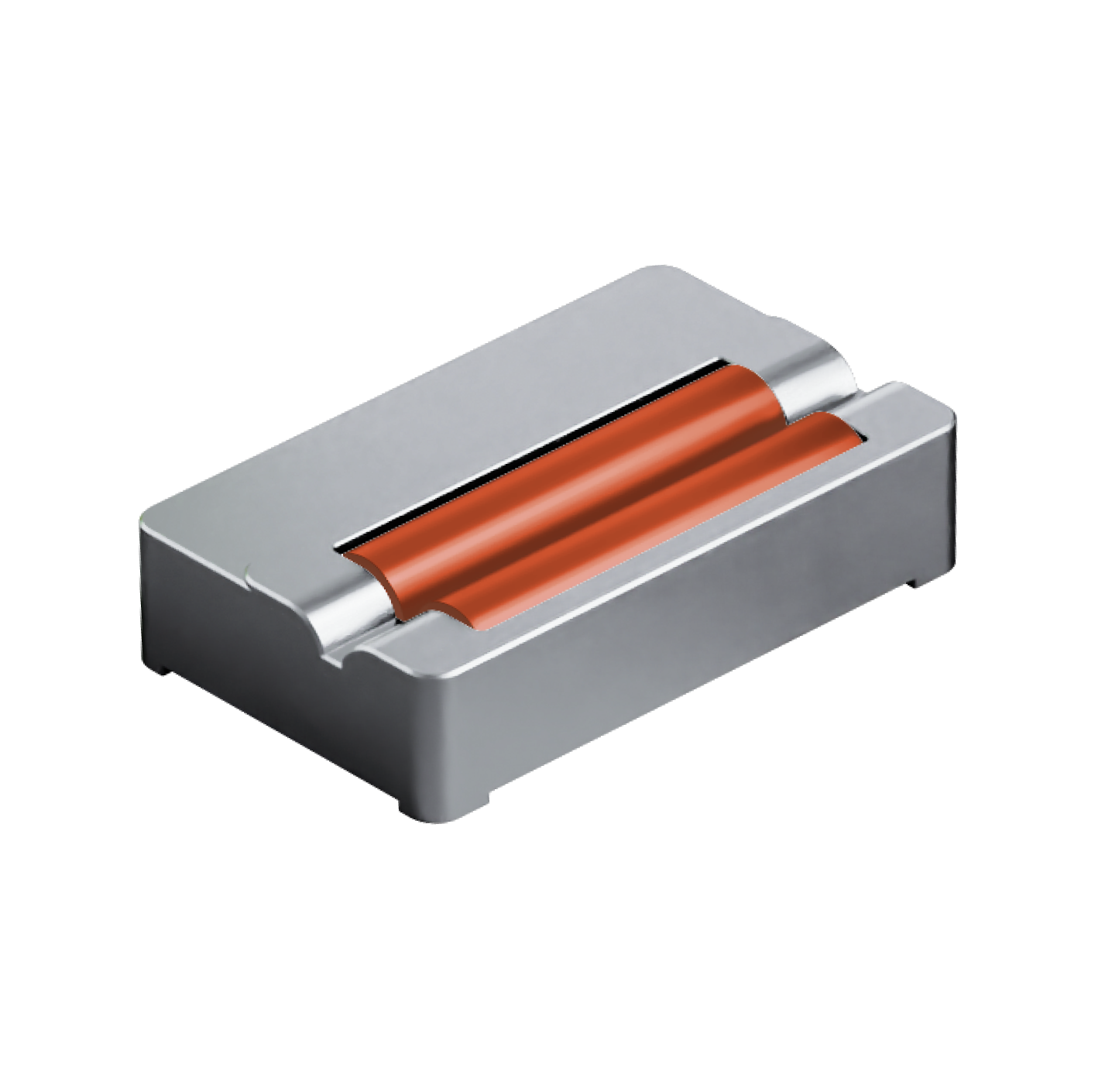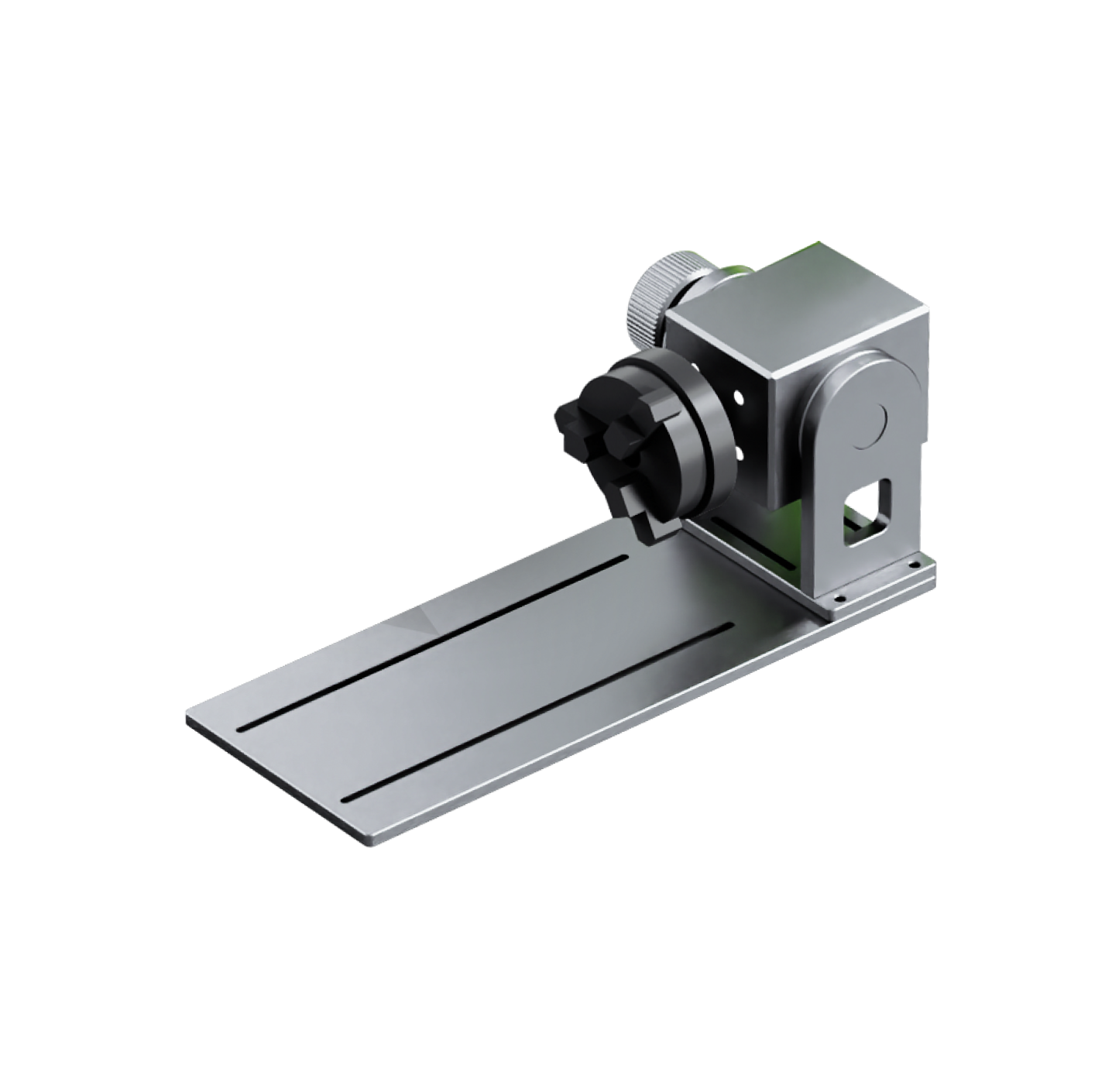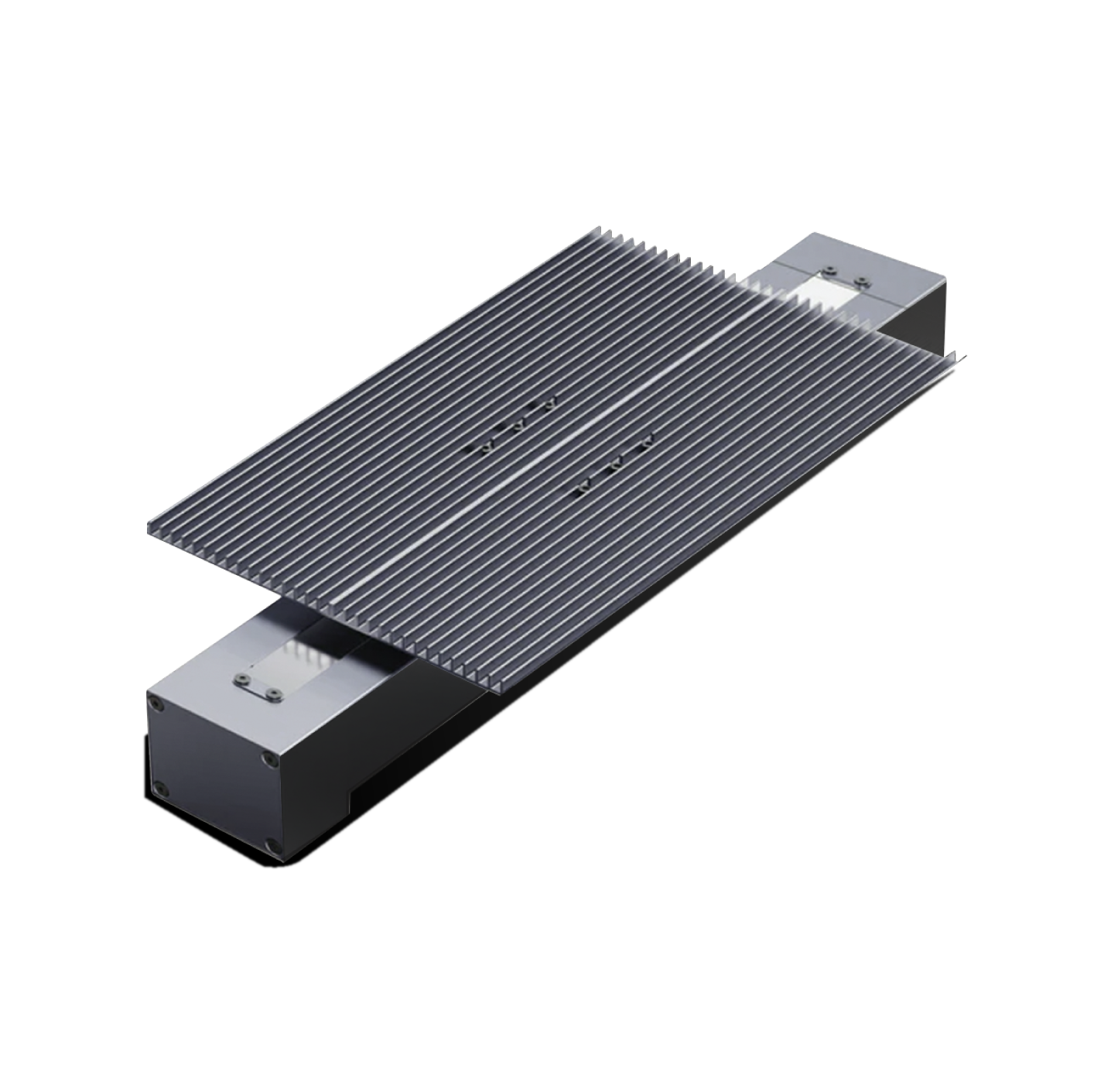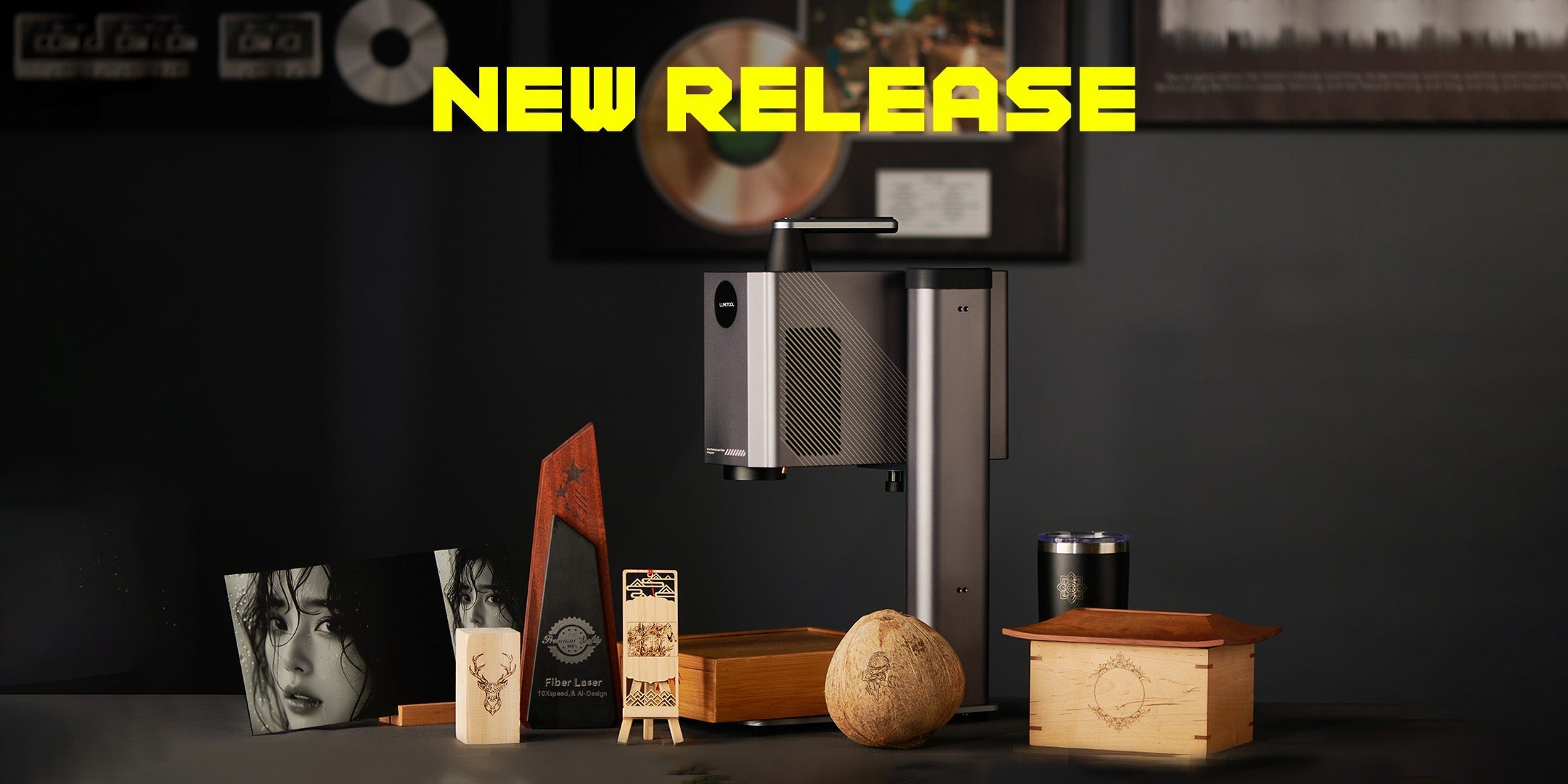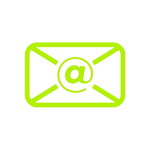In the field of industrial identification, the iteration of technology has always been promoted around the goal of "more accurate, more efficient, and more economical". The emergence of fiber laser marking machines has undoubtedly brought a subversive impact on traditional identification methods. From ink printing to mechanical engraving, from pneumatic marking to electrochemical etching, these once mainstream identification technologies have become increasingly weak. Today, we will start from the actual application scenarios and deeply analyze the core differences of this technical duel.

Cost account: the game between short-term investment and long-term benefits
The "hidden costs" of traditional marking methods are often overlooked. Taking ink printing as an example, the initial equipment procurement cost seems low, but the subsequent consumables expenditure can be called a "bottomless pit" - ink, solvents, templates, etc. consume at least thousands of yuan per month, and as environmental protection standards tighten, the unit price of environmentally friendly inks continues to rise. What's more troublesome is that ink printing requires regular maintenance of equipment nozzles and clearing of clogged pipes. The annual maintenance cost easily accounts for 20% of the original value of the equipment.
The cost of mechanical engraving machines is reflected in the dual pressure of "consumables + labor". The engraving head is a consumable part, and it needs to be replaced frequently for materials of different hardness (such as stainless steel, aluminum alloy, plastic). The price of a pair of high-quality heads ranges from tens to hundreds of yuan, and it needs to be replaced several times a week in high-frequency production. At the same time, mechanical engraving requires high skills of operators, and requires constant adjustment of pressure and speed parameters. The labor cost is more than 30% higher than that of laser marking machines.
On the other hand, the cost structure of fiber laser marking machines, especially our Lumitool F20, can be described as "minimalist". The equipment only needs electricity to operate, without any consumables, and its speed is ten times faster than ordinary laser marking machines, reaching 7000mm/s, which can complete a large number of marking tasks in a shorter time, further reducing the time cost per unit product. The service life of the laser module is up to 100,000 hours (about 11 years), and almost no maintenance is required during this period. The only cost may be regular cleaning of the lens, which costs less than 1,000 yuan per year. For companies with an annual output of more than 1 million pieces, Lumitool F20 can usually recover the initial investment in a shorter time, and in the long run, the cost advantage crushes traditional methods.
Effect PK: The gap from "visible" to "withstand"
The core value of the logo is not only "visible", but also "withstand" the test of time and environment. The shortcomings of ink-printed logos are particularly obvious in harsh environments: in high-temperature environments (such as in the engine compartment), the ink is prone to cracking and falling off; in humid or chemically corrosive scenes (such as medical device disinfection, chemical pipelines), the logo will quickly blur; even daily friction (such as tool handles, electronic housings) may cause the pattern to fade. Tests by an automotive parts manufacturer showed that the recognition of ink-printed part numbers dropped by more than 70% after 500 hours of salt spray testing.
Although mechanically engraved logos are highly wear-resistant, the characteristics of "contact processing" doom it to be difficult to balance precision and beauty. On the surface of materials with lower hardness (such as copper and plastic), engraving pressure can cause burrs or deformation on the edges; on precision parts (such as electronic chip pins and jewelry buckles), stress concentration may even cause material cracking. More importantly, the depth of mechanical engraving is difficult to control accurately. Too deep will weaken the material strength, and too shallow will not meet the wear resistance requirements. This is almost a "fatal defect" in fields with extremely high safety requirements such as aerospace.
The advantages of Lumitool F20 are more prominent. It relies on the characteristics of "non-contact processing" to make the marking effect more excellent. The laser beam forms microscopic modifications on the surface of the material through instantaneous high temperature. The logo and the substrate become a whole and can withstand the test of extreme environments: the logo does not change under temperature fluctuations from -40℃ to 200℃, the recognition rate remains above 95% after 500 hours of salt spray test, and the pattern is still clear after daily friction 100,000 times. In terms of accuracy, the positioning accuracy of Lumitool F20 can reach 0.001mm, which is far superior to ordinary equipment. It can clearly engrave complex patterns on a very small area, which is completely impossible to achieve with traditional methods. Moreover, it can engrave 1.5-3mm on metal and 1.5mm on stone, making the logo not only clear, but also excellent in three-dimensional sense and wear resistance.
Material adaptability: the leap from "selective materials" to "full compatibility"
The "picky" nature of traditional marking methods often gives manufacturers headaches. The adhesion of ink printed on metal surfaces is extremely poor, and primer needs to be sprayed in advance, which not only increases the process but also may affect product performance; on smooth surfaces such as ceramics and glass, ink is prone to bubbles and shedding, with a scrap rate of more than 5%.
Mechanical engraving is limited by the hardness of the material. When faced with materials such as high-carbon steel and tungsten steel with a hardness exceeding HRC30, the wear rate of the engraving head will be accelerated by more than 10 times, and may even directly break; and for flexible materials such as leather and cloth, mechanical engraving will cause edge deformation and be completely unusable.
The "full material compatibility" capability of Lumitool F20 is an industry benchmark, and it can mark 100+ materials. By adjusting the laser power and frequency, perfect marking can be achieved on the surface of almost all solid materials: permanent oxidation marks can be formed on metals (stainless steel, copper, aluminum, titanium alloys), and the engraving depth can reach 1.5-3mm; precise carbonization or foaming effects can be achieved on plastics (ABS, PC, PP); a delicate matte texture can be formed on ceramics and glass through micro-cracking; 1.5mm deep patterns can be engraved on stone; and even patterns with controllable depth can be produced on leather and wood without damaging the physical properties of the substrate itself.

Environmental protection and compliance: survival rules under the new national standard
With the advancement of the "dual carbon" policy and the tightening of environmental protection regulations, the compliance cost of traditional labeling methods is getting higher and higher. Volatile organic compounds (VOCs) generated by ink printing are the main air pollutants. According to the "Volatile Organic Compounds Unorganized Emission Control Standard", enterprises need to install activated carbon adsorption devices or catalytic combustion equipment, with an initial investment of more than 100,000 yuan, and annual consumables and processing costs of nearly 50,000 yuan. Some regions also require enterprises to apply for "pollution discharge permits", and the approval process is complicated and takes up to 3-6 months.
Metal shavings and dust generated by mechanical engraving will cause workshop pollution if not handled properly, and long-term inhalation will also endanger workers' health. According to the "Occupational Exposure Limits for Harmful Factors in the Workplace", enterprises must be equipped with dust removal equipment and conduct regular occupational disease testing, which will be converted into additional operating costs.
Lumitool F20 is a thorough "environmentally friendly zero-emission" device. It does not produce any exhaust gas, wastewater or solid waste during operation, only a small amount of dust (which can be collected by a simple negative pressure device), which fully complies with the latest national environmental protection standards. For export-oriented enterprises, this advantage is even more critical - the EU REACH regulations have strict restrictions on the residual chemical substances on the surface of products. Laser marking does not require any chemical reagents and can easily pass compliance testing to avoid export obstructions caused by labeling problems. At the same time, its efficient marking ability can reduce energy consumption and further comply with the concept of environmental protection.
The competition between Lumitool F20 and traditional marking methods is essentially a replacement of "efficient digital production" for "traditional manufacturing". It not only solves the obvious problems of cost, efficiency, quality, etc., but also adapts to the current production trend of "small batch, multiple varieties, and personalization" and the rigid requirements of environmental compliance with the advantages of ten times faster speed (7000mm/s), marking 100+ materials, accuracy of 0.001mm and excellent engraving depth.
For enterprises, choosing Lumitool F20 is not only an equipment update, but also an upgrade of the production model. When market competition shifts from "price war" to "quality war" and "efficiency war", Lumitool F20 brings not only the improvement of marking effect, but also the optimization of the entire production chain - this may be the core reason why it can stand out in the market.

